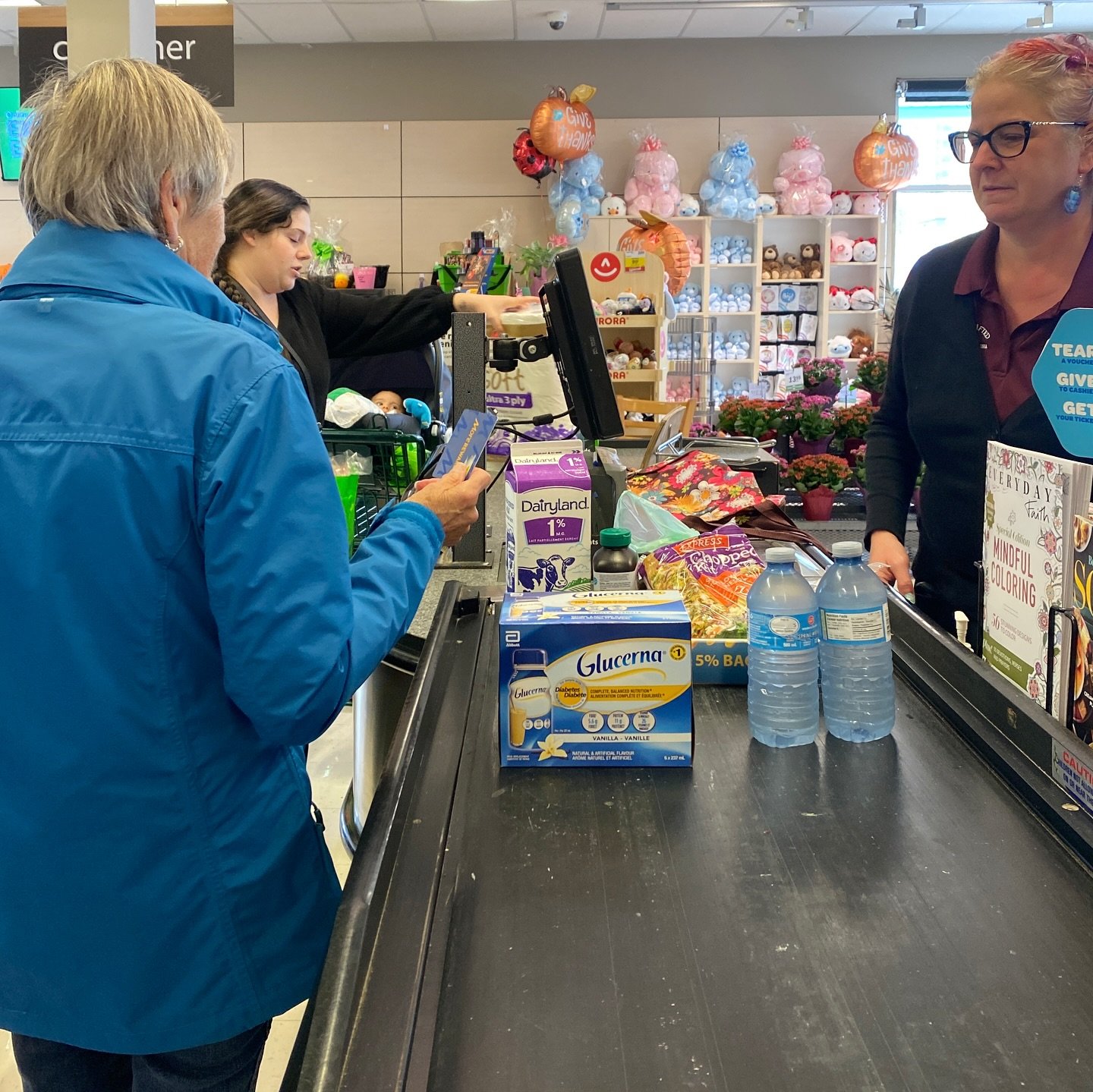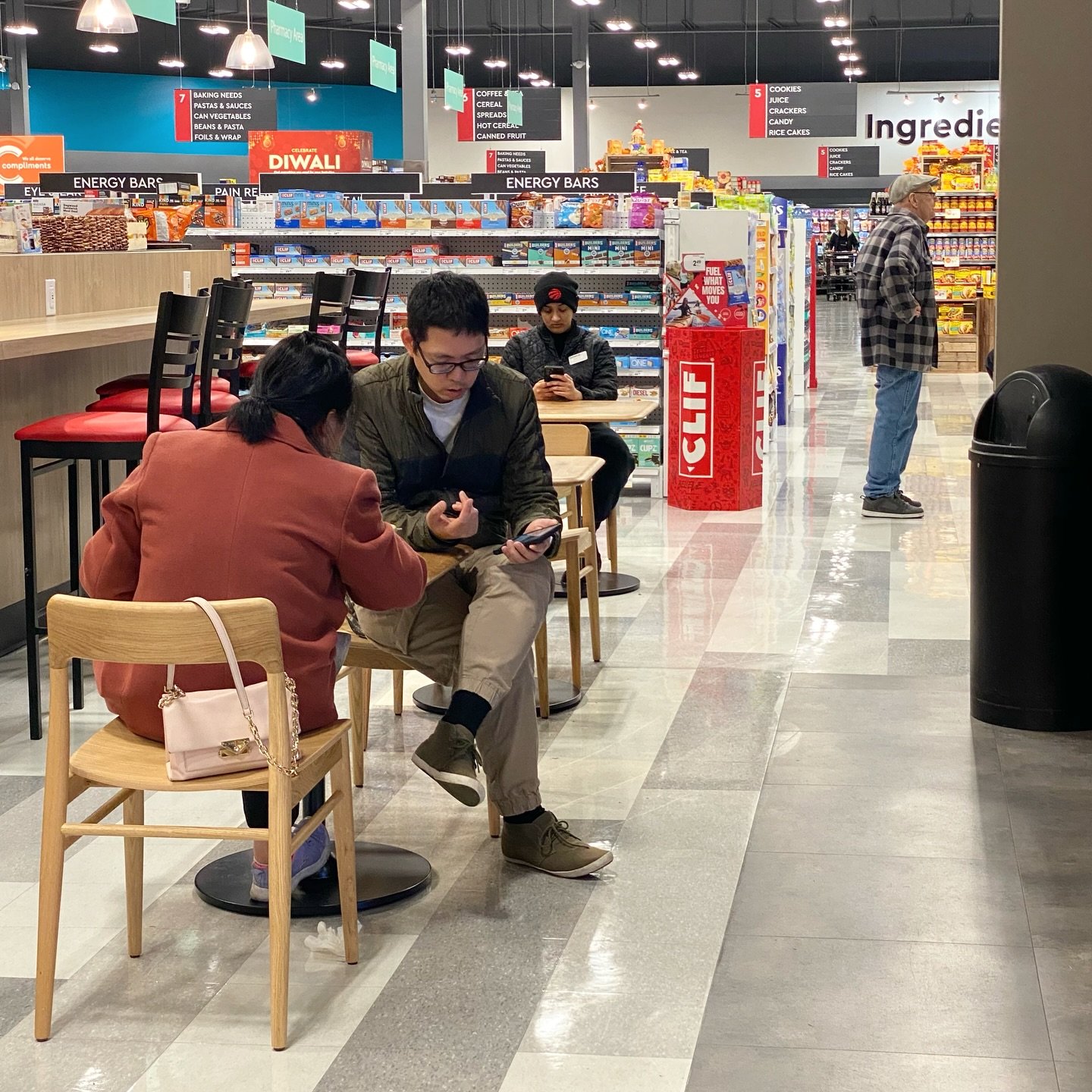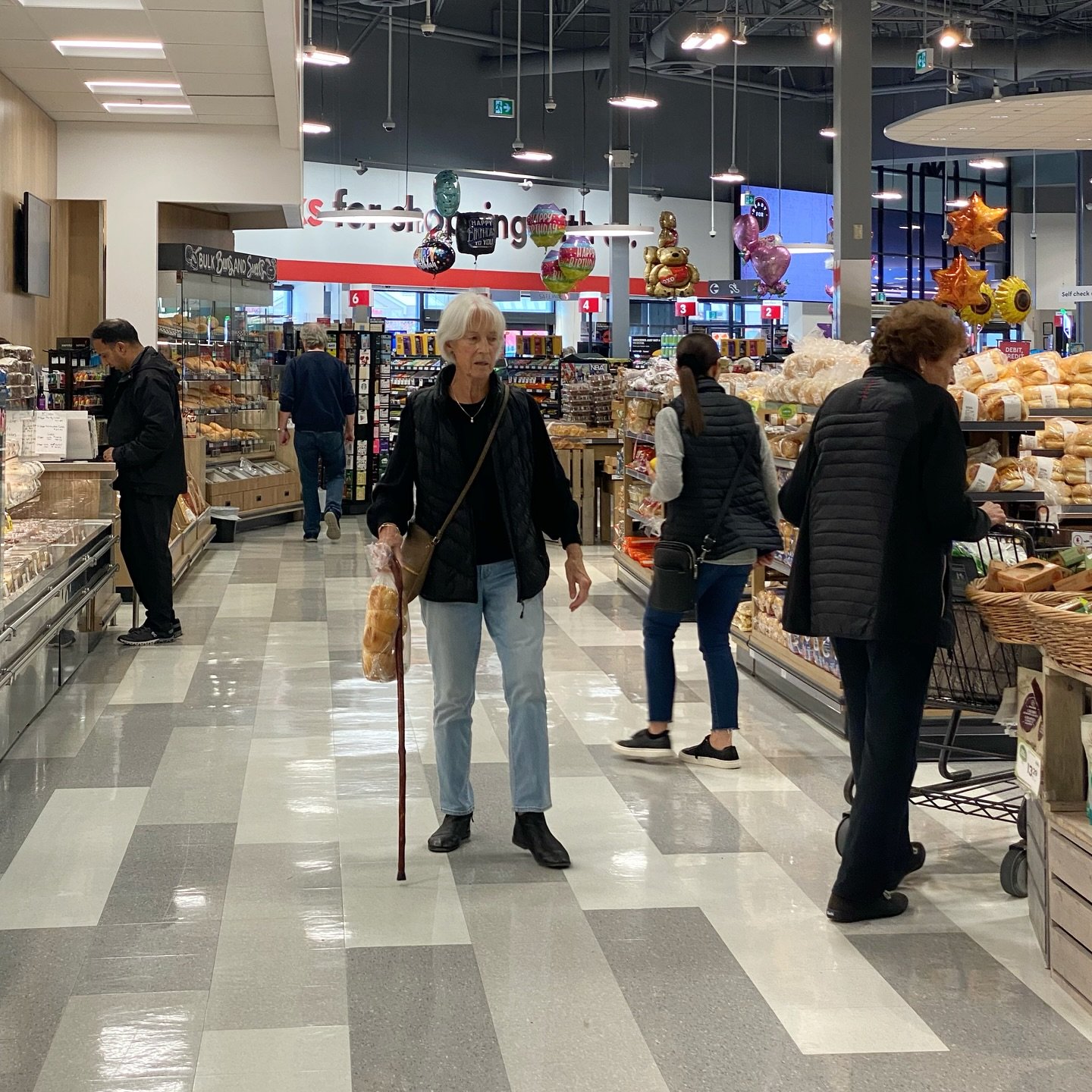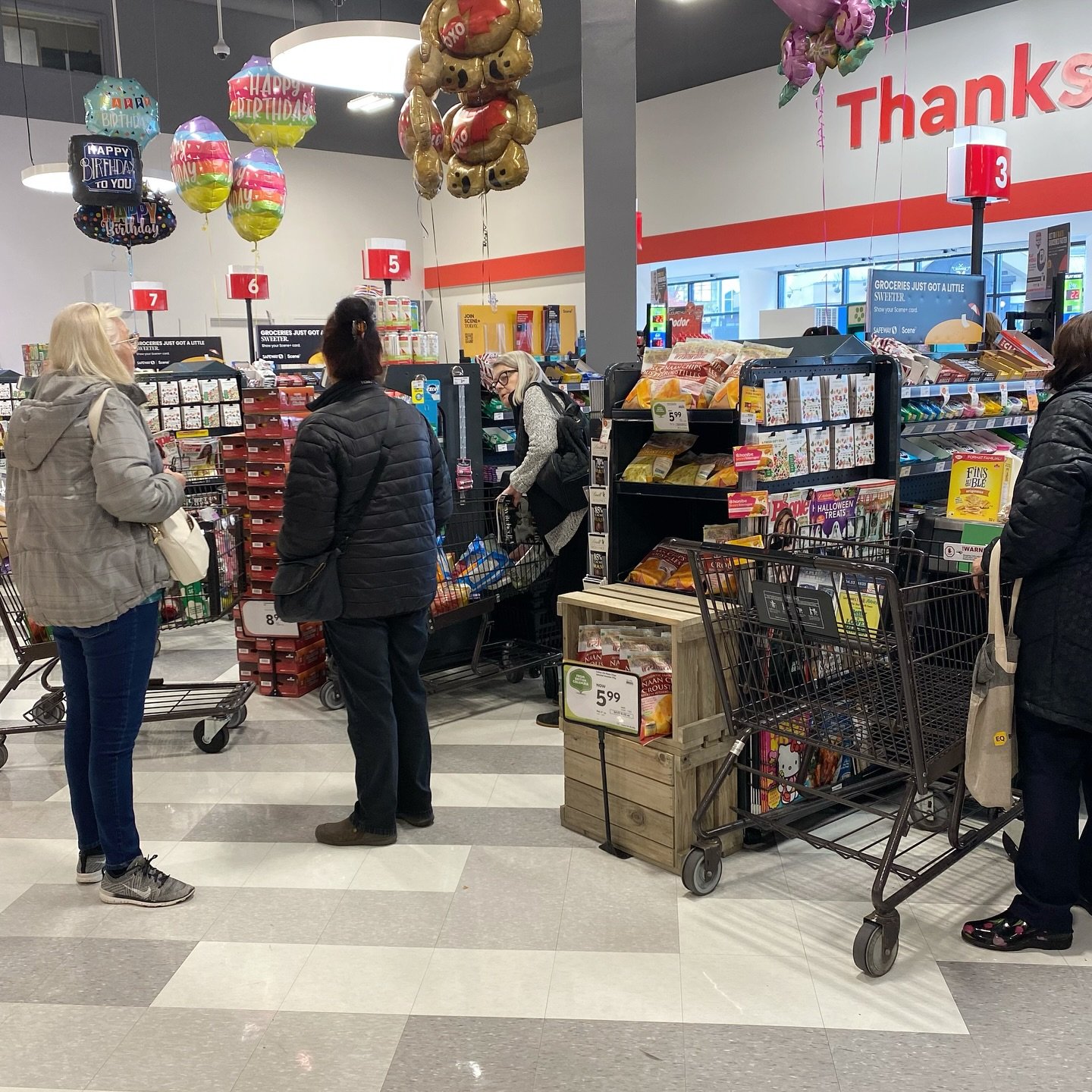—
Assignment 02 - Of Buildings and People
This weeks project is inspired by the focus on architecture and urban identities: you can use the architecture of your city as a backdrop for your photography or as the protagonist of your interest.
Focus on your city/town: its specific architecture, a single building or a specific style. Your approach can be personal, documentary, abstract, social or even performative.
Most importantly: follow your interest: know what you are focussing on!
Present 4-6 (min & max) photographs. Give your series a title. Explain your artistic and formal choices and references. Have Fun!
Reflect on artistic and formal strategies other photographers have used for their work – did you have an inspiration?
Several different photographers provided inspiration for my Retail Isolation series. Andres Gursky is one photographer whose 1999 photograph, 99 Cent highlights the large, constructed spaces of the retail world and how they can feel overwhelming and isolating at the same time. His photograph at first looks to present only the trappings of retail presentation with row upon row of shelving stocked full of items available for purchase. But upon closer look, one sees a spattering of individuals here and there, each one alone, lost in the isolation of buying items they need as well as other items they are led to believe that they need. Sophie Duplaix, chief curator of contemporary collections at the National Museum of Modern Art, Centre Pompidou in Paris, describes how:
The succession of shelves, like a wave, gives a dizzying dimension to the image, which is reinforced by the reflection on the ceiling of the displays. It is in a second phase that the figures of the customers of the store emerge, which the profusion of packaging seemed to have swallowed up. We can read here all the ambiguity of the presence of man in Gursky, a presence which, when it is not as a crowd, multitude or gathering, the subject of the work – where it is just as instrumentalized –, serves as an indicator of scale rather than as a support for a narration.
ARTIFACT > Gursky, Andres. 99 Cent. 1999.
Gursky has digitally manipulated his work to further emphasize the overwhelming feel of the piece, duplicating many of the products that appear in the scene. Gursky has also printed 99 Cent at an exceptionally large scale, giving it a monumentality when viewed hanging in a museum.
Another artist who inspires me to take photographs of people in spaces is Thomas Struth, whose Audience series of artworks provides a unique introspective examination of crowds of people occupying museum spaces. In writing for an art history of photography course I took at Kwantlen Polytechnic University in the summer of 2024, I noted how:
Struth’s work, Audience 11, Florence (2004) examines the collective experience of individuals looking at artworks in an art museum. Struth’s focus on the gallery going spectators moves this picture from the modern into the post modern. There is no traditional artwork being specifically focussed on here, rather, the post modern focus is on an examination of how people engage and see. The result is quite literally Struth using his camera as a mirror to capture a precise moment in time, a reflection of a gallery going public in 2004. There is a revealing of both the whole as a group of people together in the museum, as well as of each individual represented where some people’s gaze is clearly fixed on an unseen art object. Two men in a black t-shirt on the right appear to be in awe of whatever they are looking at; as do a young man in a red shirt with two women to his right appear to also be astonished by what they are seeing; and finally, a girl in a white shirt on the left is holding a book, looking up at the art object in contemplation. Other people’s gazes however, are not on the object. Some seem to be distracted: a group of four people on the right are engaged with each other in conversation (while a young black girl in a red t-shirt watches them); an older couple on the left appear to be figuring out how to use some kind of device (perhaps museum audio guides?); a dark skinned woman behind the couple on the left appears as if she is looking straight ahead into a kind of blank void (possibly tired from a day of tourist activities); and one person isn’t even facing the art object, standing with their back to the scene. Altogether, the image provides a look of various moments of self-consciousness and self-reflection people have in these kinds of spaces. This focus makes this post-modern photograph more personal than the artworks created in the modern moment. Meaning is further created and shaped as the work’s large size makes it feel like the kind of history paintings one could view in a museum like this. As such, this post-modern work looks back at, plays with, and references not only ideas related to the modern, but with ideas related to the entire cannon of art history.
ARTIFACT > Struth, Thomas. Audience 11, Florence. 2004.
Works Cited
Duplaix, Sophie. “99 Cent, Centre Pompidou.”
Lee, Steven. “CLASS 09 > Photography and (Post) Modern Identity in the Digital Age (Part 1).” stevelee.art, 05 Jun 2024.
Focus on your city/town: its specific architecture, a single building or a specific style. Your approach can be personal, documentary, abstract, social or even performative.
Most importantly: follow your interest: know what you are focussing on!
Present 4-6 (min & max) photographs. Give your series a title. Explain your artistic and formal choices and references. Have Fun!
ARTIFACT xx > Lee, Steven. Retail Isolation 1. 15 Oct 2024.
ARTIFACT xx > Lee, Steven. Retail Isolation 2. 15 Oct 2024.
ARTIFACT xx > Lee, Steven. Retail Isolation 3. 21 Oct 2024.
ARTIFACT xx > Lee, Steven. Retail Isolation 4. 21 Oct 2024.
ARTIFACT xx > Lee, Steven. Retail Isolation 5. 21 Oct 2024.
ARTIFACT xx > Lee, Steven. Retail Isolation 6. 21 Oct 2024.
Retail Isolation is a set of digital photographs shot with my iPhone 11 Pro, as selected from dozens of photographs taken daily of various places I visited while running errands between October 15-22, 2024. I shoot these photographs when I use my Foursquare Swarm application to check into the places I visit, creating a digital record of the places I have visited. Outside of this end, I have noticed that I rarely look back on the photos I shot for the purposes of creating a record of where I have been. I notice I often shoot scenes where isolated individuals have their focus turned to something other than what is happening around them. This often isolates the individuals who occupy a space and cuts them off from what is in that space. Often, I fine that they have their attention given to their own smart devices.
A PDF of this project can be viewed here.
Instructor Feedback…
“Hi Steven,
You clearly have a very informed and research based praxis… its great to read about your references and its always welcome if someone puts their own work in context!!
because of this you i need to specify my feedback regarding your supermarket series – you call it retail isolation, but the images look like the opposite. The reason is the (zoom) lens you’re using AND your position: you are very close to the other customers, they don’t look isolated at all. Gursky’s image is an artificial and analytical supersuper wide angle composite, and Struth is using at least 35 mm for the photo you’re referencing.
Try to COMPOSE an image based on what you know — and try to avoid “snapshots”. your upload feels analytical or “indexical” — which is totally fine if this is what you’re aiming for, but at least in this case it does not match the title.
cheers, niklas”







